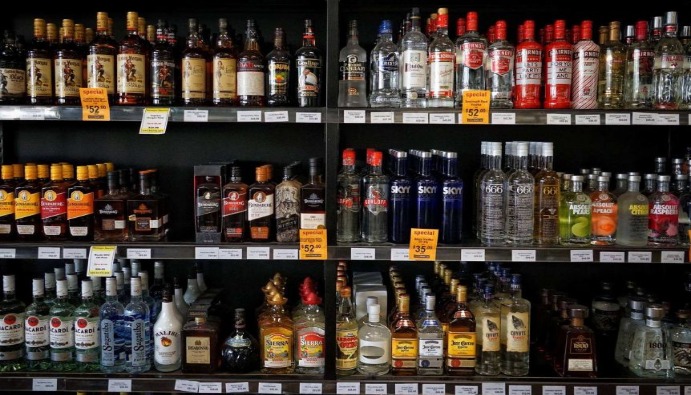
BLOG
KATEGORİDEKİ DİĞER YAZILAR

The deaths we have recently experienced due to fake liquor have once again revealed what kind of danger exists in the sector. Nearly 100 people lost their lives due to the fake liquor incident and consumers were asked how to recognize fake liquor.
First of all, it is necessary to answer the question “what is counterfeit liquor”. Counterfeit liquor; In rough terms, it can be expressed as the use of methyl alcohol instead of ethyl alcohol in liquor production. The purpose of using methyl alcohol is to reduce the cost. Counterfeit liquor is usually produced by unauthorized or illegal methods, and the components it contains do not comply with legal standards. Such drinks may contain harmful alcohol types and additives such as methanol and isopropanol. Methanol is a compound that can cause loss of vision, organ failure and death in the human body and is commonly found in counterfeit spirits.
Methyl alcohol or Methanol CH₃OH is the alcohol with the simplest structure. Methyl alcohol has a high toxicity. As little as 10 ml of pure methanol can cause permanent blindness due to damage to the optic nerves. A volume of 30 ml can cause death. It is no different from ethyl alcohol in smell and appearance, so it is not possible for consumers to tell the difference.
Domestic and foreign trade and distribution of alcohol, alcoholic beverages and methanol, as well as permitting, monitoring and inspection procedures and principles are carried out under the “Regulation on Procedures and Principles Regarding Domestic and Foreign Trade of Alcohol and Alcoholic Beverages”. Within the scope of the Regulation, testing procedures and evaluation parameters have been determined. One of the first tests in line with the inspections within the scope of the Regulation is the determination of methanol, especially in accredited laboratories. When methanol is detected, legal actions are taken against the relevant companies.
The biggest reason for counterfeit liquor production is to reduce costs. The first precaution to be taken against this fraud due to liquor prices is to pay attention to the brand, price and place of sale of the liquor consumed.
The presence and quantity of certain components are carefully examined in the analysis of counterfeit spirits. Here are the main parameters emphasized in the analysis:
Nanolab Laboratories Group continues to provide services within the scope of Counterfeit Liquor Testing. We also provide services in Alcoholic Beverage Analysis.
Contact us for more information.
You can follow us on LinkedIn for up-to-date news and posts about our services.
Follow our Instagram account to be informed about our latest blog posts.